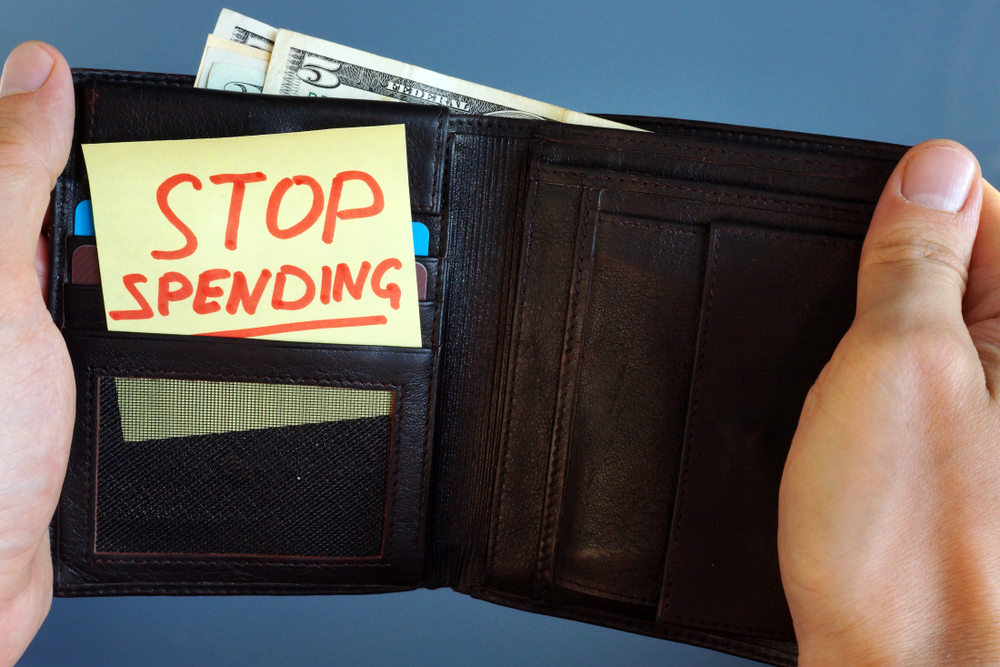Saying no. It sounds so simple, doesn’t it? But for some people, it can be one of the most difficult things to do.
If you’re a people pleaser that always says yes, turning down plans can feel unnatural and even rude. But with the cost of living reaching record-breaking heights, your social calendar could be draining your bank account as well as your social battery.
So, how can you learnt to say no and put yourself (and your finances) first? In this article, we’ll give you some top tips to help you focus on the bigger picture and simply say no.
Get comfortable saying no
The hardest part about saying no is mustering up the courage to do it.
If you’re like to avoid conflict wherever possible, yes has probably become your default response – even if you find yourself agreeing to something you don’t want to do or know will make you uncomfortable.
But with the rising cost of living pulling on almost everyone’s purse strings, your friends and family will understand why you are saying no and, if they are also struggling, might even be relieved.
It sounds silly but, if you can’t picture yourself saying no, practicing turning down plans in the mirror can help you remain cool, calm, collected, and, more importantly, confident when it comes to the real thing.
Focus on bigger goals
Do you have big plans to buy a home, expand your family, or clear your debts before the end of the year? If so, this can be a great reason to say no to spending.
It might not seem like it would add too much to your savings in the grand scheme of things but with small expenses sometimes making the biggest difference, simply saying no can help you double your savings and achieve your goals sooner rather than later.
In addition, letting your loved ones know why you are saying no can remind them that its not personal and give you some added pressure to achieve your goals.
Pause before you purchase
If you are a serial spender, pausing before you purchase can help you evaluate your spending habits and decide if you the designer bag that you’re eyeing up is worth missing your next mortgage payment for. Spoiler: it’s not.
It can also prevent you from getting stuck in an endless buy-return-regret cycle and avoid that all-too-familiar feeling of buyer’s remorse when the item you ordered no longer seems worth it by the time it arrives on your doorstep.
This can take some time to get used to but by taking a few seconds to determine whether an item will improve your life in the long run or just spark short-term joy, you can identify your needs and wants and put a stop to unnecessary spending.
Suggest an alternative
If you still want to have fun with friends but are worried about breaking the bank, the good news is that you have options.
Instead of a dinner and drinks date, for example, why not suggest a lunch or coffee date? Or, instead of taking the kids swimming or ice-skating, why not have a picnic in the park? This might only save you a couple of quid at the time but when it comes to cutting costs, every little helps.
Similarly, if you have weekend plans, suggesting an alternative date or time can help you save time and money on peak-time tickets or sitting in traffic as petrol prices hit a record high.
Set yourself a challenge
Saying no to spending can be a scary thought but by setting yourself a challenge, you can learn to put yourself first and have fun in the process.
This could be filling up your trolley with yellow-sticker goods, making meals from ingredients you already have at home, or challenging yourself to a no-spend month.
It can inject a bit of fun into an otherwise tedious and time-consuming task and help you celebrate the small wins along the way.
It can also help you put a stop to overspending and get back on track with your savings for a healthier financial future because, at the end of the day, it is only you that can put yourself first and say no to spending.









